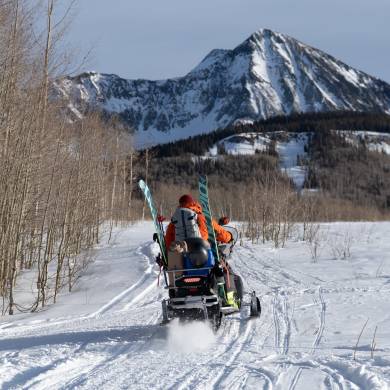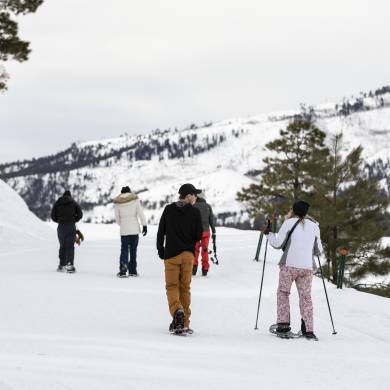With more people traveling and destinations reconsidering what tourism means to them in the last couple of years it is important to plan your vacation around not only where you want to go but in a way that minimizes environmental impact and increases the economic impact of your destination of choice. A few things to take into consideration before booking anything is to try to avoid overcrowded destinations. However, if you really want to visit one of these destinations, make sure you are visiting during their off-season. The destination will appreciate it and it allows you to have a more enjoyable and authentic experience.
If you have to fly, look into carbon offsetting or carbon insetting. Once at the destination, try to use public transit, or walk as much as possible. Also, make sure to research the destination’s cultural history and community prior to arrival. It is an easy yet effective way to show respect. Don’t forget that every vacation destination is also someone’s home. Treating locals with respect and dignity goes a long way.
Research is also very important when it comes to outdoor recreation. Trail hours and conditions often change, and preparation is the first step to conservation. Lastly, slow down and enjoy your vacation.
The more time you spend in a destination the less impact you have on the environment and the greater impact you have on the local economy. Making deliberate choices can keep your trip sustainable and enjoyable.
What to Pack
When packing think about how you can minimize your impact when you are there. I like the one bag packing method, where everything you need fits into one bag that you can carry. For plane travel, that means less personal CO2 usage, cheaper air travel, and more flexible travel. Depending on the length I will bring a water bottle and an insulated mug (for tea and locally roasted coffee) if weight or space is a concern I will forgo the water bottle and use the insulated mug for both purposes. Packing utensils reduces reliance on plasticware. Wearing layers can also help cut down on the number of clothes you need to pack.
Where to Shop in Town
When visiting an area make sure to shop at local non-chain retailers. This keeps more money in the community you are visiting and helps the local economy. Durango is filled with great locally-owned shops. Durango.org is a great resource to find locally owned businesses. In the United States, many destinations have organizations focused on changing the narrative to buying locally first and Durango is no exception.
Where to Stay
Similar to above, avoid hotel chains, all-inclusive resorts, and vacation rentals. Locally owned hotels tend to capture the personality of the town you are visiting. They also keep money spent within the local community. If you can find sustainably-minded lodging to book- put those at the top of your list.
The Rochester Hotel is one of our locally owned hotels that has sustainable practices.
Where to Eat
Just as in the above two sections, try to eat at local restaurants. When planning your meals don't carry out or order delivery. Instead, opt to eat onsite, and don’t be afraid to say hi to other patrons. You would be surprised what you can learn about the local culture or cool things to see while on a simple supper trip. Also, avoid taking leftovers with you when you leave, consider ordering smaller portions or splitting a meal.
Conclusion
Being sustainable does not have to be expensive or tiring, in fact in most cases it is actually more fun. You will be more engaged with the destination and learn more about what makes it unique from its cultural history to its food and art. Lastly, if you have time try to take a day or afternoon and volunteer.
Another option is to grab a trash bag and pick up litter as you adventure. Leaving a place better than you found it not only helps the destination but is good for you. What better way to return home from a trip with stories of traveling on foot, trying new foods, or meeting new people volunteering!



